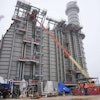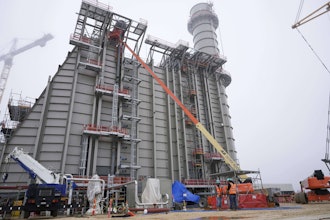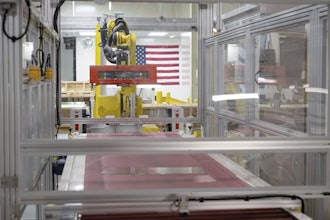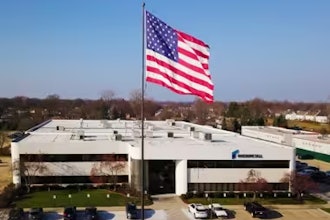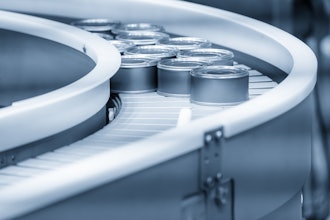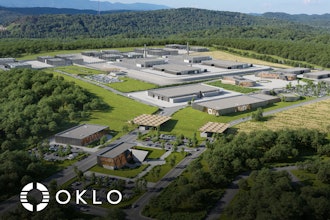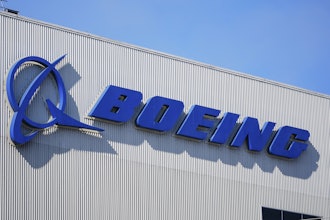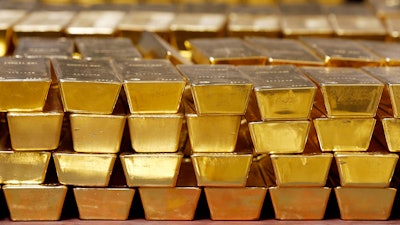
NEW YORK (AP) — Metals prices have surged over the last year as China's economy rebounds and Donald Trump's election lifts prospects in the U.S. But investors hoping to get in on those gains face a challenge: funds that target those commodities have struggled.
Copper, which is used in large amounts in construction, power generation and manufacturing, has surged 49 percent in the last year. Palladium, which is used in cars' catalytic converters and electronics, has also risen about 52 percent in 12 months. It hasn't been this expensive since early 2001.
"Copper carries the electric charge of development and growth," quips Steve Wood, chief market strategist for Russell Investments. "The global growth story has improved measurably within the last year (to) year and a half."
But investors who've sought to cash in on those gains are likely disappointed. Some funds that focus on metals have risen in value this year, but they haven't done as well as the broader stock market. The features that protect them from price shocks may have limited their recent gains.
The Gold Bullion Strategy Advisor fund, for example, has risen just 9.7 percent this year, according to Morningstar. BlackRock's Commodity Strategies Investor fund has only gained 3.3 percent, as funds with less focus on precious metals have done worse.
That's substantially worse than either the industrial companies index of the Standard & Poor's 500 index or the S&P 500 itself, both of which are up about 13 percent.
Brian Jacobsen, a multi-asset strategist with Wells Fargo Asset Management, said investors should consider investing in industrial companies instead.
"Often, the best way to invest in commodities is through the companies that produce or use the items rather than in the items themselves," he wrote. While those companies probably won't provide the kind of returns that copper and palladium have this year, they are also less vulnerable to sharp drops in price. Machinery maker Caterpillar, engineered products maker Arconic and engine maker Cummins have all surged this year as investors expect demand for their products to keep growing.
Exchange-traded funds focused on metals, like the SDPR Gold Trust, have also done better than many mutual funds and roughly kept pace with stocks. Norm MacDonald, vice president and portfolio manager for Invesco, said many investors have chosen to put their money into those funds instead.
Wood says the gains in metals prices also reflect greater optimism about the global economy and especially China. The world's second-largest economy depends heavily on construction, industry and energy production. The rally has been especially good for emerging markets economies, he said, because they tend to rely more heavily on commodities.
Meanwhile the prices of gold and silver are basically flat over the last 12 months. Investors buy them when they are worried about turbulence in markets or inflation, and in this historically calm year for markets, there hasn't been as much cause for worry.
The prices of commodities like copper and oil plunged in late 2015 and early 2016 as investors worried about the possibility that China's economic growth was stalling out. It's been expanding for 25 years and has been a key contributor to global economic growth over that period, so investors feared that a so-called "hard landing" would have a big effect on growth worldwide.
Those concerns could surface again, but Wood said he doesn't think it's going to happen any time soon: commodity prices tend to rise and stay high for extended periods of time before they fall again. After the 2008-09 financial crisis, U.S. crude oil stayed between about $80 and $110 a barrel for a full five years before they started plunging in mid-2014. Now they've stabilized and stayed at around $50 for a year and a half.
"Commodity cycles tend to be longer in duration, both on the upside and the downside," he said.



